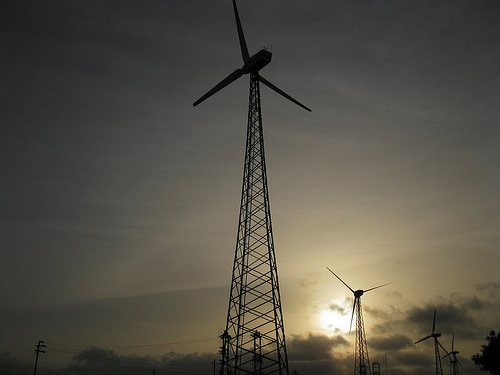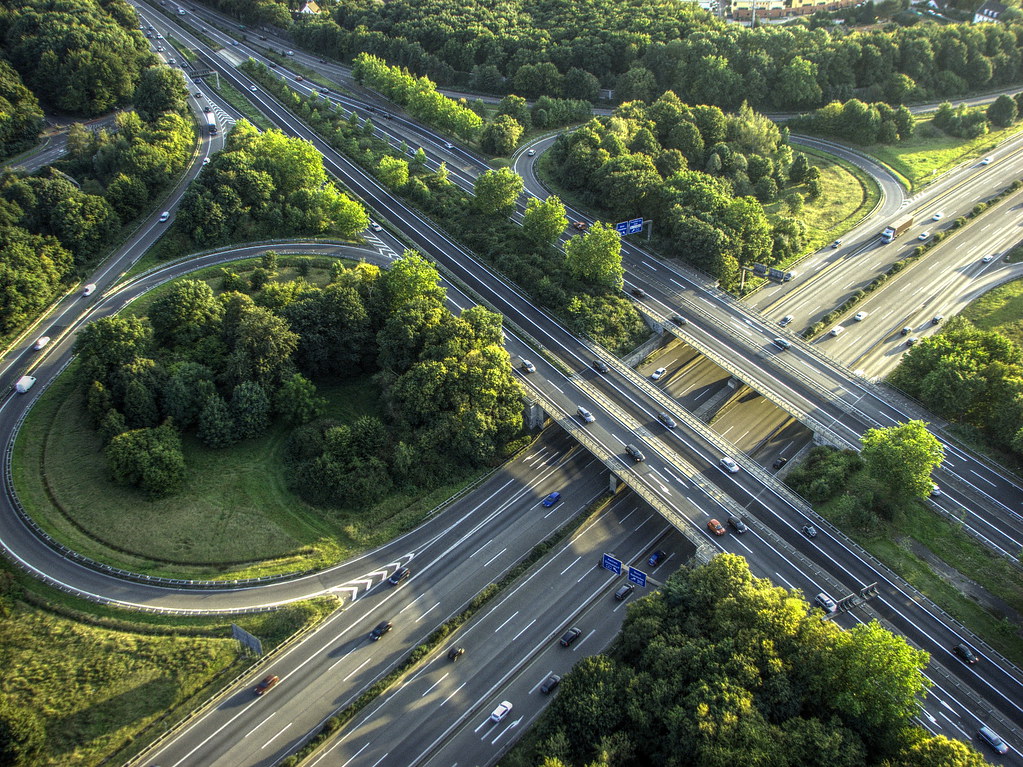Fossil Fuels: Rhetoric vs. Reality

 When prompted, most people will agree that global warming is an issue that needs to be tackled but how the world should go about fixing it still lacks a realistic answer. Only about 11% of the world-marketed energy is produced by renewable energy sources. This means that at the moment, we do not have an alternative energy source even close to matching the quality and quantity of fossil fuels.
When prompted, most people will agree that global warming is an issue that needs to be tackled but how the world should go about fixing it still lacks a realistic answer. Only about 11% of the world-marketed energy is produced by renewable energy sources. This means that at the moment, we do not have an alternative energy source even close to matching the quality and quantity of fossil fuels.
In their report on November 2nd the Intergovernmental Panel on Climate Change (IPCC) came to a startlingly blunt conclusion that the world’s electricity must be produced from low-carbon sources by 2050. They continued to report that fossil fuels cannot continue to be burned in the usual way and must be phased out by the end of the century. This leaves governments attempting to switch to an energy source that’s nonexistent or simply not ready for mass distribution.
The doomsday rhetoric, while accurate, can also lead to rash decisions and rushed solutions. One prime example would be President Obama pumping government funding into the solar panel company, Solyndra, only for the company to later announce bankruptcy.
Solyndra couldn’t economically compete with conventional, flat silicon and there was a simple lack of demand for the panels. The company received its funding from the U.S. Department of Energy under the Energy Policy Act of 2005. In short, the act is a loan guarantee program. This means the Department is basically choosing which companies it believes will produce a successful, eco-friendly product. However, this is not how innovation and progress works; you cannot simply throw money at a problem and hope that some new technology will be developed to solve it.
The U.S. government has long played the role of a regulatory body when it comes to the country’s economy but it has never before tried becoming an active participant. Solyndra is a prime example of what happens when the government tries to predict which technology will or will not succeed. Gambling on a single company manufacturing a single piece of new technology is not a reasonable decision, especially when you’re gambling with the taxpayers’ money.
If a government really wants to push for a solution to climate change, they should be investing in think tanks and research labs to encourage innovation. Governments fund public education for a reason; they should try tapping into such a valuable investment. Imagine what could happen if all the public universities, like McGill or the public universities in the US, were given the time and the funding to work together in order to stop global warming.
The culture of modern society presents the idea that new technology can always be used to find a solution. As a result, societies tend to neglect their current infrastructure. After all, who wants to fix their phone when they can just buy a new one? Unfortunately, fixing a country’s entire infrastructure is not as easy as fixing a phone. If it was, countries would already be more efficient in energy consumption. Switching highways for rail tracks, increasing the use of public transportation, and encouraging urbanization around power centers are all ways in which a country can upgrade their infrastructure and yet, even in developed countries like the United States, the highway system hasn’t been changed since the 1950’s.
If the country’s infrastructure was up-to-date, perhaps people would actually be able to drive electric cars. Despite multiple attempts at marketing electric cars, no one would buy them because in order to drive one you need charging stations, like gas stations, near your grocery stores and office buildings. People have come up with some amazing ideas but because the country lacks the infrastructure to implement them, they never get used.
We need to systematically develop and upgrade the nation’s infrastructure, not simply hope for some miraculous new energy supply or new technology. We seem to want to keep developing new technologies: new cars, more carbon capturing implements, better solar panels, rather than improving how our current technologies are used. At least temporarily, cutting back suburbia and encouraging communal modes of transportation would be one method to substantially cut overall fuel emissions. But in the long run, it lays the groundwork for further changes like switching modern society’s culture of fast-paced, high volume, energy consumption to a more sustainable self-awareness.
Governments need to start by changing the lifestyles of their people and the infrastructure of their nations rather than searching for some miraculous new energy source or technology. It’s not a process that can be rushed because it needs to be done correctly and in a way that allows for easy dismantling of the old technology and implementation of the new. Private companies do not have control over the nation’s infrastructure and the government does not have control over technological innovation and the global markets. Each should be trying to change what is already under their control, not trying to force changes in areas they don’t specialize in. That way when companies finally develop some marketable technology that can efficiently capture and store solar, wind, or other renewable energy, they can be implemented quickly and in an economically sound manner
All photos courtesy of Flickr Creative Commons. Licences included in the photo link.

